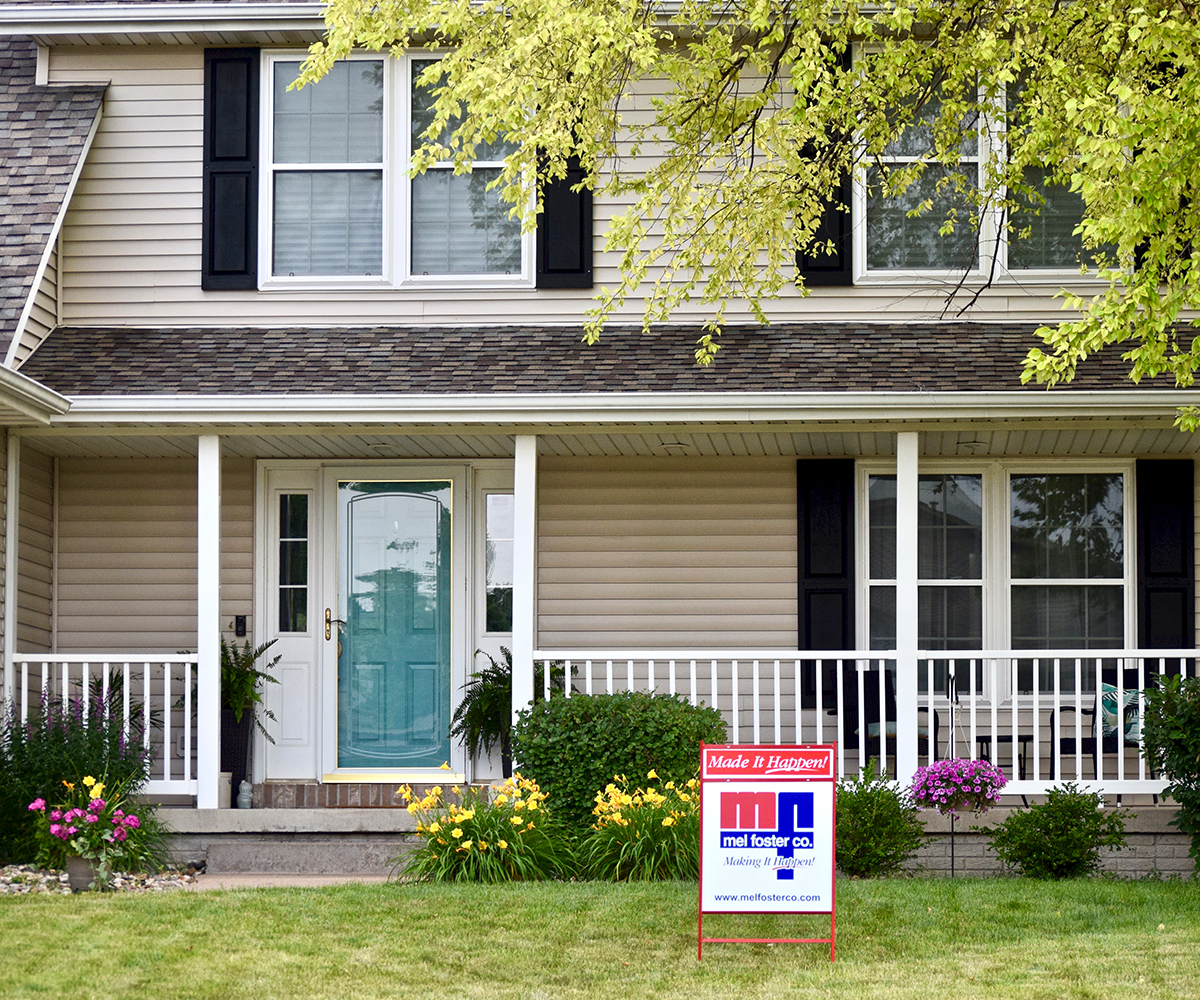Get organized to make the most of your time preparing your home for sale. Prioritize tasks that establish a straightforward method to the madness and will get buyers’ attention.
Contact a Mel Foster Co. Agent
Rely on a Mel Foster Co. agent to help identify projects that will ready your home to impress and get it on the market. Take advantage of your agent’s market experience to help ensure the asking price is right from the start. Then let Mel Foster Co.’s network promote your property and find you prospective buyers.
Identify Repairs
Nearly every home requires some repairs before going on the market. Tackle repair projects that impact daily life, like replacing the sump pump, or present a danger to the house, like correcting the issue with the electrical box. Fix the wobbly front door handle and replace the sliding door to the patio that no longer closes smoothly.
Declutter And Clean
Purge your excess items by donating to your local charity so your home is clutter-free during showings. Make your home feel spacious, even if it means renting a storage unit until you move. And deep clean the house both inside and out. First impressions of your yard and the path leading to the front door should offer a welcoming vibe.
Take An Inventory For Insurance
As you sift through your belongings, inventory the valuable items. Now is the time to revisit your insurance coverage and consider updating your home insurance policy to keep your property value current. Mel Foster Insurance can provide you with a no obligations quote so you know you’re covered.
Set The Stage
Make your house feel like a home and think about keeping it staged for showings. Staged homes see a 5-15% return on investment when professionally staged as opposed to homes not staged, according to the National Association of Realtors (NAR).
Find more selling tips for homeowners.









